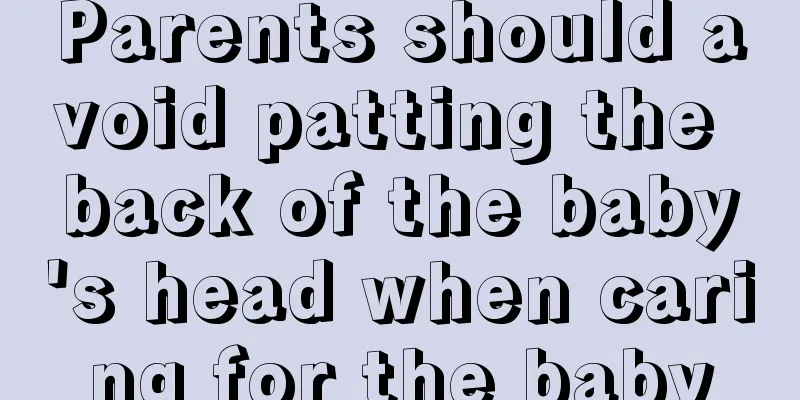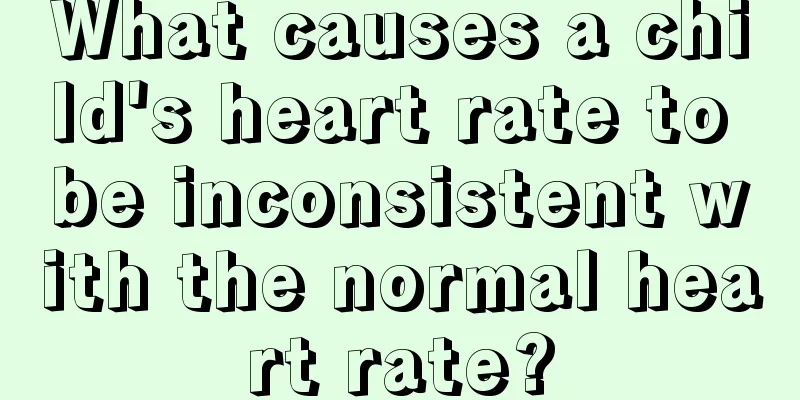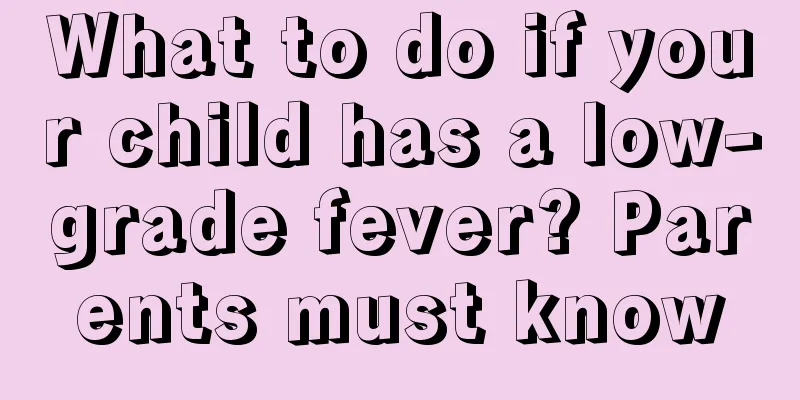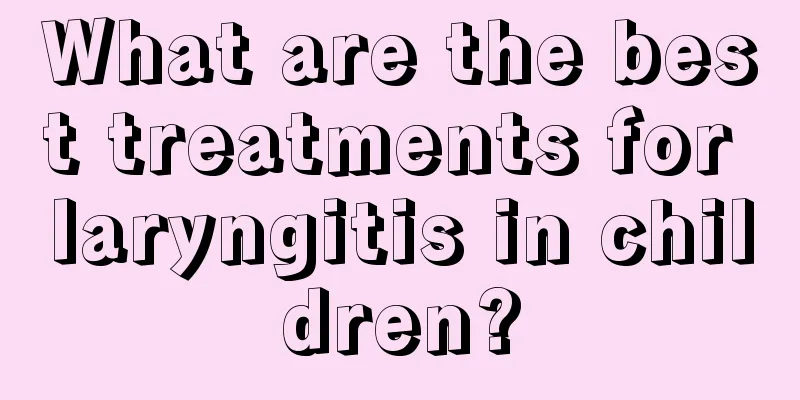What should I do if I have a fever, viral infection, or bacterial infection?
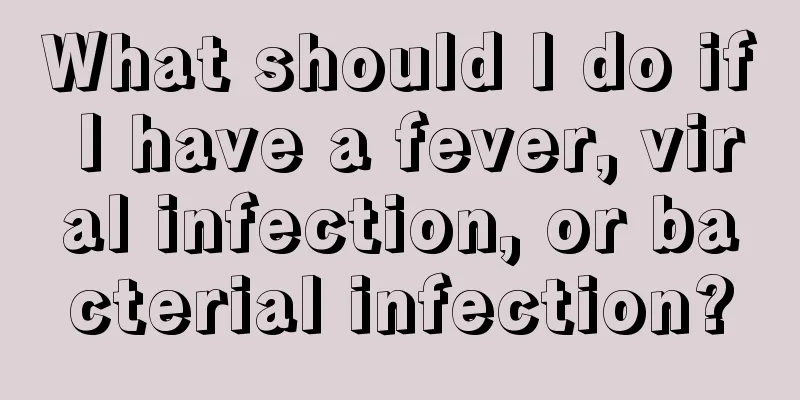
|
We all know that fever is a very common disease that affects a wide range of people. Fever is a disease caused by both bacterial infection and viral infection. Among them, fever caused by bacterial infection is more common, especially in children, who are more likely to have a fever due to bacterial infection. So do you know what to do if your child has a bacterial fever? The following editor will explain to you the fever caused by bacterial infection. High fever is basically caused by viral infection or bacterial infection. It is recommended to have a routine blood test to confirm the diagnosis. High fever is basically caused by viral infection or bacterial infection. It is recommended to have a routine blood test to confirm the diagnosis. Because most fevers are just a symptom of a disease, as long as the baby's primary disease is cured, the fever will naturally subside. If you take your baby's fever down without a doctor's diagnosis after the baby has a fever, it may mask some symptoms of the original disease, and sending the baby to the hospital may cause the doctor to misdiagnose. Therefore, if your baby has a fever, you should take him to see a doctor in time. Symptomatic care If your baby has a cold or pneumonia and a fever, there is generally no need to rush to reduce the fever. Because increased body temperature is the body's natural defense response, it can increase the number of antibodies synthesized in the baby's body and enhance the activity of phagocytes in the baby's body. In addition, if the fever is not reduced properly, it may also damage the baby's body's natural defense ability. If your baby's temperature continues to rise, or if he or she has had a febrile seizure, appropriate cooling measures should be taken. Parents can generally use physical cooling methods first. They can apply cold or warm compresses on the baby's head with a towel, or wipe the baby's head, armpits, or bilateral groin areas with 30% alcohol. If the baby's body temperature exceeds 39℃, you can use an ice pack pillow on the head. If physical cooling is not effective, then use appropriate medication to reduce the temperature. Commonly used medicines include 25% analgin nasal drops, oral paracetamol or aspirin, etc. Now everyone knows what to do if your child has a bacterial infection and fever. Because children have relatively low resistance, they are very susceptible to bacterial infection, which can cause various diseases. Therefore, parents and friends should also pay attention to managing their children's daily hygiene, and frequently urge them to wash their hands and change clothes to fundamentally prevent bacterial infections in their children. |
<<: What should I do if my child has a sore throat and fever?
>>: How to treat children’s tics with traditional Chinese medicine?
Recommend
How many months is it best to wean your baby?
Many parents are always struggling with the quest...
What medicine should boys take for urinary tract infection
The symptom of urinary tract infection mainly occ...
How to eat eggs for children?
Eggs have high nutritional value and are nutritio...
What food is better for children with diarrhea?
The health of the baby often concerns the parents...
Why do babies have fontanelles?
The fontanelle is actually a window in the skull ...
Baby's back red spots
The health of children is what parents are most c...
What's on the baby preparation checklist?
Before the newborn baby makes a sound, expectant ...
What should I do if my two-year-old child has poor digestion?
The problem of poor digestion in two-year-old chi...
Is it better to replace teeth early or late?
Parents are more worried about their children'...
What to do with diaper rash
We all know that parents will use diapers for the...
What to do if your child has cavities?
It is well known that children prefer to eat swee...
What causes children to have indigestion and stomach pain?
I always hear some parents say that their childre...
What should I do if my child has a stomachache in the middle of the night?
Because children's physical development is no...
What are the symptoms of babies getting angry after drinking milk?
Babies will have many small problems during their...
How to coax a baby to fall asleep quickly
How to make the baby fall asleep quickly is a hea...

